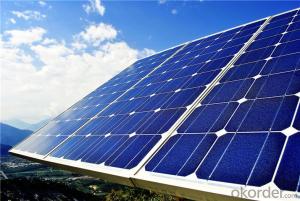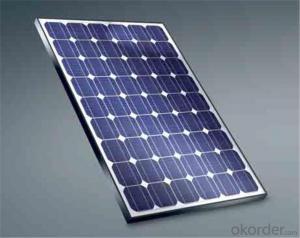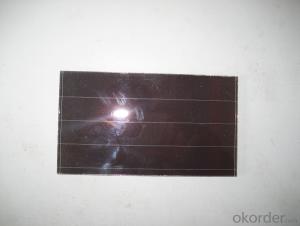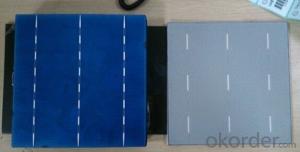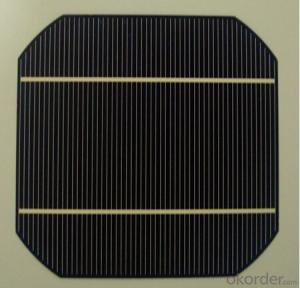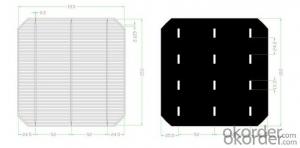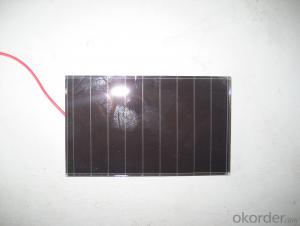245W Solar Panels for Home Use Solar Power System
- Loading Port:
- China main port
- Payment Terms:
- TT OR LC
- Min Order Qty:
- 10000 watt
- Supply Capability:
- 20000000 watt/month
OKorder Service Pledge
OKorder Financial Service
You Might Also Like
Destription:
Solar panel refers to a panel designed to absorb the sun's rays as a source of energy for generating electricity or heating. A PV module is a packaged, connected assembly of typically 6×10 solar cells. Solar PV panels constitute the solar array of a photovoltaic system that generates and supplies solar electricity in commercial and residential applications.
Main Characteristic
1.Manufactured according to international quality and Environment Management
System (ISO9001, ISO14001)
2. By the high transmittance, low iron tempered glass, anti-aging of the EVA(polyethylene - vinyl acetate), high-performance crystalline silicon solar cells, good Weather resistance TPT (fluoroplastics composite membrane) by pyramid , has a good Weather resistance and anti-UV, hail, water-proof capacity.
3. OEM and customerized package are accepted
4. High efficiency crystalline silicon solar cells
Quality warranty
1.10 years limited warranty on material and workmanship
2. more than 90% power output in 10 years
3. more than 80% power output in 25 years
Product show

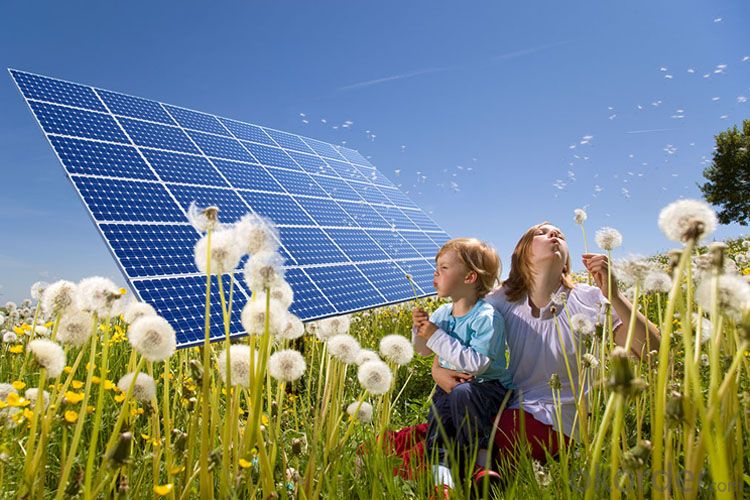
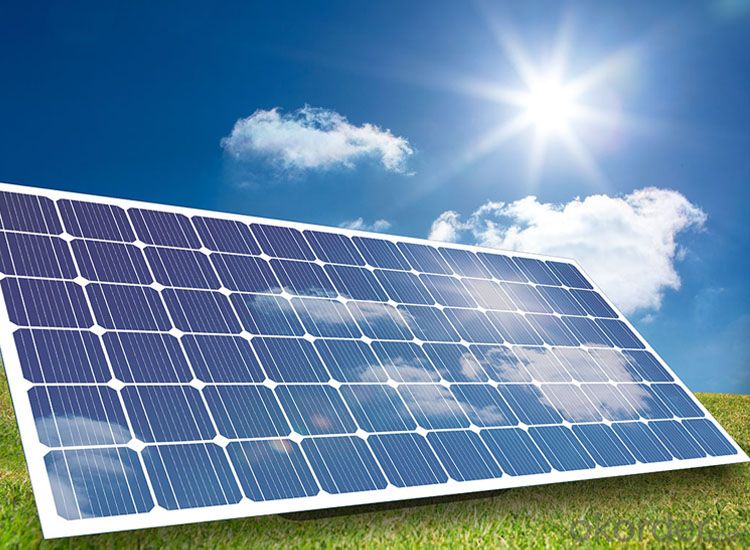


- Q:Are solar silicon wafers affected by vibrations or shocks?
- Yes, solar silicon wafers can be affected by vibrations or shocks. Vibrations or shocks can cause microcracks or fractures in the wafers, which can lead to reduced efficiency or even complete failure of the solar cells. Therefore, it is important to handle and transport solar silicon wafers with care to avoid any damage from vibrations or shocks.
- Q:The microprocessor integrates the computer with what is on a small silicon chip
- The microprocessor integrates the arithmetic and controller into a small piece of silicon.
- Q:How is a busbar created in a solar silicon wafer?
- A busbar in a solar silicon wafer is created by depositing a thin layer of metal, typically silver or aluminum, onto the surface of the wafer. This metal layer is then patterned and etched to form the desired busbar shape, which acts as a conductor to collect and transfer the generated electrical current from the solar cells to the external circuitry.
- Q:How do solar silicon wafers perform in desert environments?
- Solar silicon wafers perform well in desert environments due to the abundance of sunlight and the absence of shade or obstructions. The high temperatures in deserts can, however, affect their performance by reducing the efficiency slightly. Regular cleaning and maintenance are essential to ensure optimal functioning in these conditions.
- Q:Can solar silicon wafers be used in solar-powered satellites?
- Yes, solar silicon wafers can be used in solar-powered satellites. Solar silicon wafers are commonly employed in photovoltaic systems, including those used in space applications such as satellites. These wafers are essential for converting solar energy into electrical power, making them a crucial component in solar-powered satellite systems.
- Q:How is a passivation layer applied to a solar silicon wafer?
- A passivation layer is typically applied to a solar silicon wafer through a process called chemical passivation. This involves immersing the wafer in a solution containing chemicals that help remove impurities and contaminants from the surface. The chemicals react with the wafer, forming a thin layer of passivation material that acts as a protective barrier against further oxidation and degradation. This passivation layer enhances the efficiency and lifespan of the solar cell.
- Q:What is the impact of wafer thickness on solar silicon wafer performance?
- The impact of wafer thickness on solar silicon wafer performance is significant. Thicker wafers generally allow for better light absorption, resulting in higher efficiency and power output of solar cells. However, thicker wafers also require more material, increasing production costs. Therefore, finding the optimal thickness for a balance between performance and cost is crucial in solar panel manufacturing.
- Q:Can solar silicon wafers be used in space applications?
- Yes, solar silicon wafers can be used in space applications. They are commonly utilized in space missions to generate electrical power by converting sunlight into electricity.
- Q:What are the different surface texturing techniques used for solar silicon wafers?
- Some of the different surface texturing techniques used for solar silicon wafers include acid etching, plasma etching, laser texturing, and chemical texturing. These techniques are employed to increase the light trapping capability of the surface, reduce reflection losses, and enhance the overall efficiency of solar cells.
- Q:Can solar silicon wafers be made flexible for applications in wearable devices?
- Yes, solar silicon wafers can be made flexible for applications in wearable devices. Flexible solar cells, also known as thin-film solar cells, can be manufactured using different materials and techniques that allow them to be flexible and lightweight. These cells are suitable for integration into wearable devices, enabling them to generate power from sunlight while being conformable to the wearer's body or clothing.
1. Manufacturer Overview |
|
|---|---|
| Location | |
| Year Established | |
| Annual Output Value | |
| Main Markets | |
| Company Certifications | |
2. Manufacturer Certificates |
|
|---|---|
| a) Certification Name | |
| Range | |
| Reference | |
| Validity Period | |
3. Manufacturer Capability |
|
|---|---|
| a)Trade Capacity | |
| Nearest Port | |
| Export Percentage | |
| No.of Employees in Trade Department | |
| Language Spoken: | |
| b)Factory Information | |
| Factory Size: | |
| No. of Production Lines | |
| Contract Manufacturing | |
| Product Price Range | |
Send your message to us
245W Solar Panels for Home Use Solar Power System
- Loading Port:
- China main port
- Payment Terms:
- TT OR LC
- Min Order Qty:
- 10000 watt
- Supply Capability:
- 20000000 watt/month
OKorder Service Pledge
OKorder Financial Service
Similar products
New products
Hot products
Hot Searches
Related keywords
